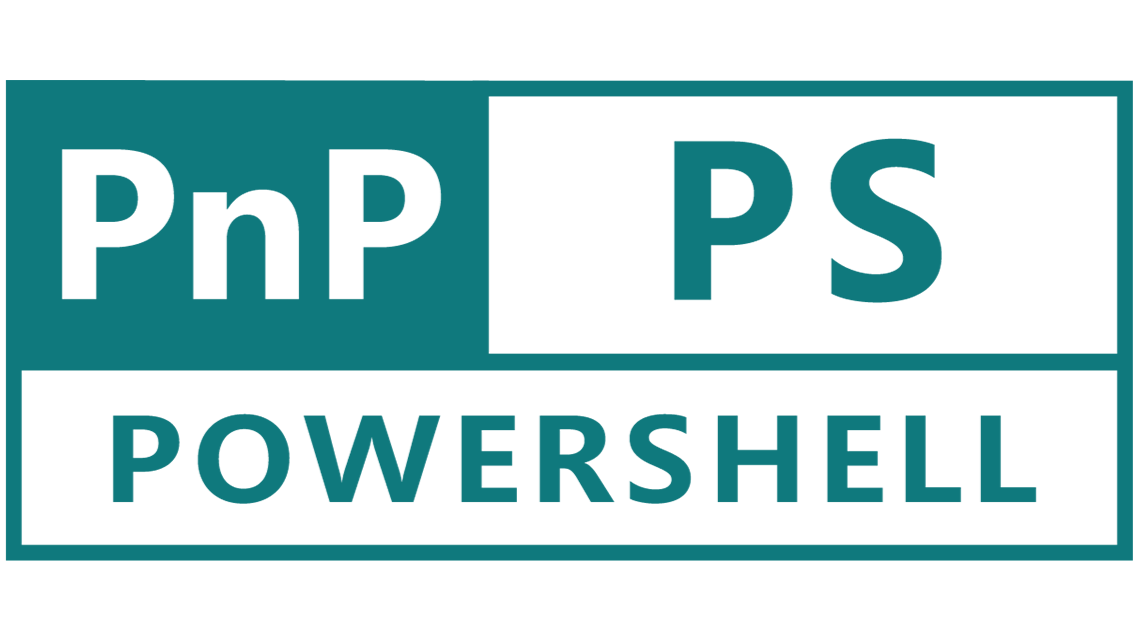Should you build custom SPFx solutions or use Power Platform for SharePoint? Learn the pros, cons, and real-world use cases for each approach — and how to choose based on your team’s capabilities and project goals.
When building custom solutions in SharePoint, there are typically two routes: full-code development using SPFx (SharePoint Framework), or low-code development using Microsoft Power Platform — mainly Power Apps and Power Automate.
Both are powerful tools with different strengths. But choosing the wrong one can lead to unnecessary complexity, delays, or long-term support issues.
At HarjTech, we help clients decide which option fits their needs based on their goals, support capabilities, and speed of delivery. This blog explains the key differences and how to make the right decision.
SPFx is a developer-first approach. It allows you to create custom web parts, integrate deeply with SharePoint APIs, and control how every part of your interface looks and behaves. If you have a skilled development team and need a high level of customization, SPFx is a solid choice.
But there’s a trade-off. SPFx requires time. You’ll need to handle everything from development and testing to DevOps and deployment pipelines. Maintenance, updates, and security reviews also add long-term overhead. Small changes often require developer intervention.
If your organization has a dedicated development team, and your solution needs advanced integration or UI logic, SPFx can be the right tool. Otherwise, it’s often overkill — especially for form-based or process-driven solutions.
Power Apps and Power Automate are built for rapid application development. If your team needs to build internal tools, automate approvals, replace Excel workflows, or test ideas quickly — Power Platform is unmatched in flexibility and speed.
You don’t need to be a developer. Power Platform enables power users, analysts, and IT admins to build full applications in days instead of weeks. It’s easier to manage, test, and update. And deployment is as simple as publishing a new version.
With responsive design, built-in SharePoint connectors, and native integration with Teams and Outlook, Power Platform allows you to centralize your tools without writing a single line of code.
If you’re trying to replace manual processes, test a new workflow, or reduce dependency on IT for changes — this is where Power Platform shines.
Start by asking three critical questions:
1. What’s the complexity of the solution?
If you’re building highly customized user interfaces or working with advanced APIs, SPFx might be necessary. But if it’s data capture, form routing, or workflow automation — Power Apps and Power Automate are likely enough.
2. Who will maintain the application?
SPFx requires long-term developer support. Power Platform apps, on the other hand, can be updated by business users or admins with proper training. If you want flexibility, go low-code.
3. How fast do you need to move?
If your team needs something live within weeks, Power Platform is your best bet. SPFx projects typically take longer to develop, test, and deploy.
Power Platform does have boundaries — design flexibility is limited, delegation issues can arise with large data sets, and some features require premium licenses.
But with proper planning, most of these challenges can be mitigated. At HarjTech, we implement best practices around:
We’ve even replaced complex SPFx projects with Power Platform solutions that were faster to build, easier to support, and more cost-effective over time.
There’s no one-size-fits-all answer to SharePoint customization. The choice between SPFx and Power Platform comes down to your team’s skill set, support model, and project goals.
If you have a dev team and need deep customization, SPFx can deliver. But if you want to move quickly, test ideas, and empower internal teams to build and iterate — Power Platform is likely the better choice.
At HarjTech, we help organizations find the right balance between speed, control, and long-term sustainability. Whether you need guidance on architecture or hands-on development, we help you make the right call the first time.
Need help deciding between SPFx and Power Platform? Reach out to HarjTech — we’ll help you choose the path that works.
Seamlessly migrate your file systems or legacy SharePoint to SharePoint Online with zero downtime, enhanced security, and full user adoption.
Launch a fully digital workspace with Microsoft 365. We handle setup, file structure, document migration, automations, and training—so your business runs smoother, faster, and more securely from day one.
Assess your entire digital footprint—website, CRM, ERP, payroll, accounting and DMS—to plan and automate your business processes.


Azure DevOps offers powerful project management, agile boards, reporting, and scalable collaboration. Learn how it works, how to structure projects properly, licensing costs, and why it's ideal for Microsoft 365 users.


Azure DevOps offers powerful project management, agile boards, reporting, and scalable collaboration. Learn how it works, how to structure projects properly, licensing costs, and why it's ideal for Microsoft 365 users.


Construction firms are bleeding money due to file disorganization, manual processes, and scattered communication. Here's how to fix it.


Construction firms are bleeding money due to file disorganization, manual processes, and scattered communication. Here's how to fix it.


Learn how Azure Boards work, the difference between Organizations and Projects, and how to manage work items, permissions, and team structures effectively. Understand pricing, limitations, and the right architecture for enterprise growth.


Learn how Azure Boards work, the difference between Organizations and Projects, and how to manage work items, permissions, and team structures effectively. Understand pricing, limitations, and the right architecture for enterprise growth.






Should you build custom SPFx solutions or use Power Platform for SharePoint? Learn the pros, cons, and real-world use cases for each approach — and how to choose based on your team’s capabilities and project goals.


Should you build custom SPFx solutions or use Power Platform for SharePoint? Learn the pros, cons, and real-world use cases for each approach — and how to choose based on your team’s capabilities and project goals.


Learn how to manage data in Power Apps using best practices for delegation, filtering, collections, and permissions. See how HarjTech helps build scalable enterprise apps.


Learn how to manage data in Power Apps using best practices for delegation, filtering, collections, and permissions. See how HarjTech helps build scalable enterprise apps.
Let's discuss how our productized solutions can drive your success
Productized IT Consulting & Digital Solutions. Serving clients across Canada with outcome-driven Microsoft solutions that deliver guaranteed results.
© 2024 HarjTech. All rights reserved.